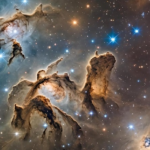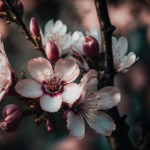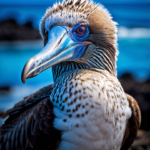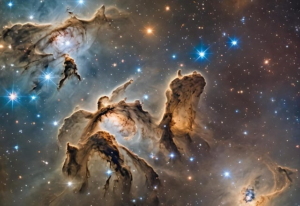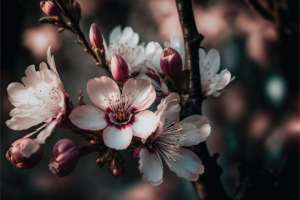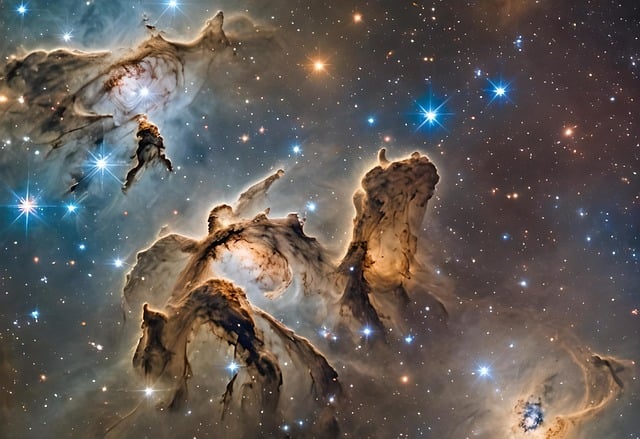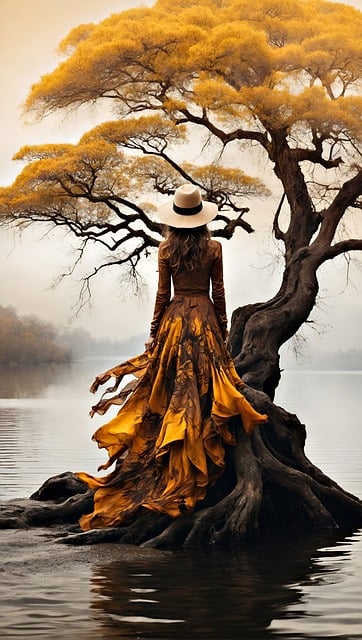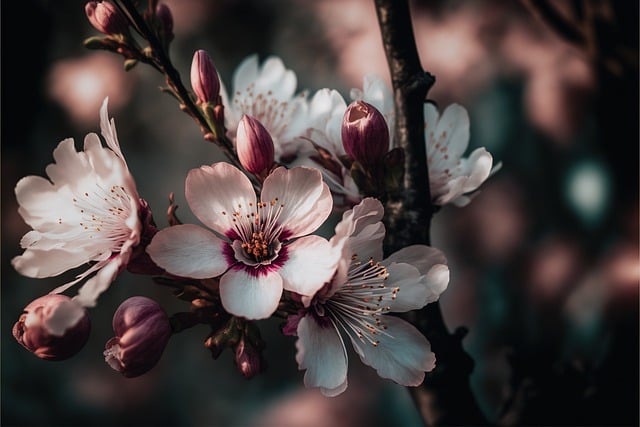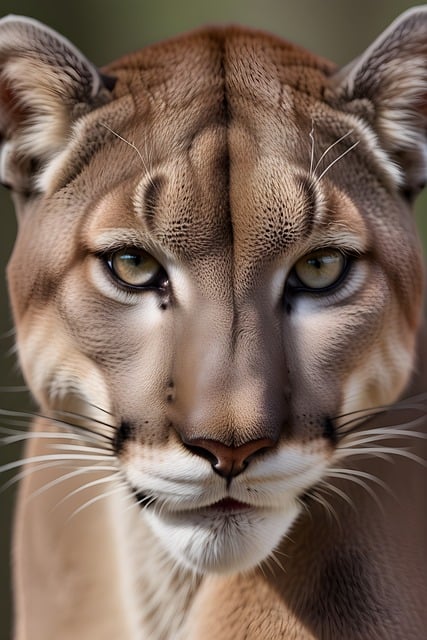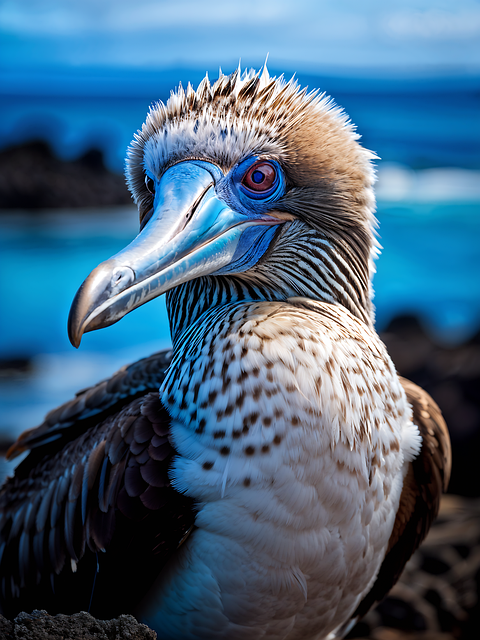The Amazon River, known as the lifeline of the Amazon Rainforest, is a majestic waterway teeming with vibrant biodiversity and ancient indigenous cultures. In this article, we will delve into the depths of the Amazon River to explore its rich array of flora and fauna in the "Exploring the Biodiversity of the Amazon River" section. We will also shine a spotlight on the fascinating indigenous communities that call the riverbanks home in "The Indigenous Cultures Along the Amazon River" section. However, we must also address the pressing issue of environmental threats that endanger the fragile ecosystem of the Amazon River in "Threats to the Fragile Ecosystem of the Amazon River." Join us on this journey as we uncover the wonders, challenges, and importance of the Amazon River.
- 1. "Exploring the Biodiversity of the Amazon River"
- 2. "The Indigenous Cultures Along the Amazon River"
- 3. "Threats to the Fragile Ecosystem of the Amazon River"
1. "Exploring the Biodiversity of the Amazon River"

The Amazon River is home to one of the most diverse ecosystems in the world, boasting an incredible array of plant and animal species. Exploring the biodiversity of the Amazon River is like stepping into a living, breathing laboratory of life.
The river itself supports an abundance of aquatic species, including thousands of fish species such as the famous piranhas, the elusive pink river dolphins, and the massive arapaima. The surrounding rainforest is just as rich in biodiversity, hosting countless species of birds, mammals, reptiles, and insects. From giant anacondas to colorful macaws, the Amazon is teeming with life at every turn.
Scientists estimate that the Amazon rainforest is home to around 16,000 tree species and over 390 billion individual trees, making it one of the most biodiverse regions on the planet. This diversity is crucial for maintaining the delicate balance of the ecosystem and providing habitat for countless species.
Exploring the biodiversity of the Amazon River is not only a fascinating experience but also a reminder of the importance of preserving these precious ecosystems. As threats such as deforestation and climate change loom over the Amazon, it is more crucial than ever to protect this natural wonder and all the life it supports. By immersing ourselves in the beauty and complexity of the Amazon's biodiversity, we can gain a deeper appreciation for the incredible natural world we are lucky enough to be a part of.
2. "The Indigenous Cultures Along the Amazon River"

The Amazon River is not just a geographic marvel, but also a hub of cultural diversity. Along the river, there are numerous indigenous communities that have thrived for centuries, preserving their traditional customs and way of life. These indigenous cultures have a deep connection to the river and the surrounding rainforest, relying on the natural resources for their sustenance and spiritual practices.
The indigenous peoples along the Amazon River have a rich cultural heritage, with unique languages, music, art, and beliefs. They have a profound respect for the environment and live in harmony with nature, using traditional knowledge passed down through generations to sustainably manage their resources. Many of these communities also have intricate social structures and rituals that play a crucial role in maintaining their cultural identity.
Despite facing numerous challenges, such as encroachment on their land and resources, indigenous communities along the Amazon River continue to fight for their rights and preserve their way of life. By highlighting and supporting these cultures, we can ensure the protection and recognition of their invaluable contributions to the rich tapestry of the Amazon region.
3. "Threats to the Fragile Ecosystem of the Amazon River"

The Amazon River is not only one of the largest rivers in the world, but it is also home to a diverse and complex ecosystem that supports a wide variety of plant and animal species. However, this fragile ecosystem is facing numerous threats that could have devastating effects on its biodiversity and overall health.
One major threat to the Amazon River ecosystem is deforestation. The clearing of land for agriculture, logging, and mining has led to the loss of critical habitats for many species, as well as the disruption of important ecological processes. Deforestation also contributes to climate change, as trees play a crucial role in absorbing carbon dioxide from the atmosphere.
Pollution is another significant threat to the Amazon River ecosystem. Industrial waste, agricultural runoff, and oil spills all have the potential to harm the plants and animals that rely on the river for their survival. Pollution can also impact human communities living along the river, as contaminated water sources can lead to health problems.
Illegal fishing and hunting are also putting pressure on the Amazon River ecosystem. Overfishing can disrupt the delicate balance of aquatic life in the river, while poaching can threaten the survival of endangered species like the Amazon river dolphin or the giant otter. Without proper enforcement of regulations and protections for these species, their populations could decline rapidly.
Addressing these threats to the Amazon River ecosystem will require a combination of conservation efforts, sustainable land use practices, and stronger regulations to protect the river and its inhabitants. By raising awareness about these challenges and taking action to address them, we can help preserve this unique and vital ecosystem for future generations.
